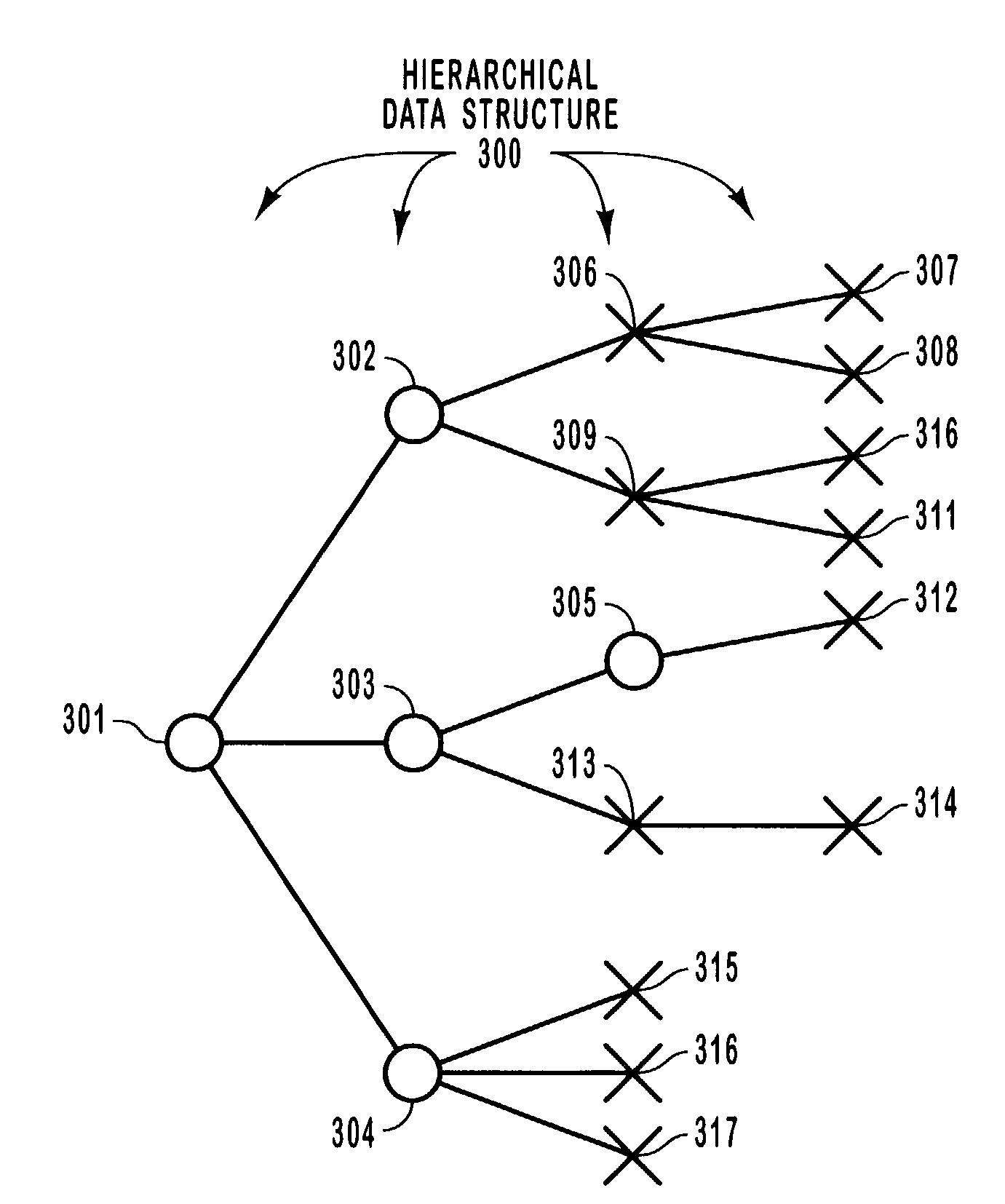Atomic message division
a message division and atomic technology, applied in the field of network communication technology, can solve the problems of system memory, small amount of memory allocated to a receive buffer, and memory tends to be much more limited in smaller devices, so as to preserve network bandwidth
- Summary
- Abstract
- Description
- Claims
- Application Information
AI Technical Summary
Benefits of technology
Problems solved by technology
Method used
Image
Examples
Embodiment Construction
[0022]The principles of the present invention related to mechanisms that synchronize a version of a hierarchical data structure stored on a client computing system, and a version of the hierarchical data structure stored on a server computing system. The hierarchical data structure has several atomically-editable components that may be separately addressable. After determining that synchronization is to occur, the server identifies all of the changes that need to occur to the client version in order to synchronize the client version of the hierarchical document with the server version of the hierarchical document. Each of the changes involves edits (e.g., insertions, changing, or deletion) of one or more of the atomically-editable components of the data structure. If the server determines that a single message that contains all of the plurality of changes cannot be contained within a receive buffer of the client computing system, then the server fragments the synchronization informa...
PUM
 Login to View More
Login to View More Abstract
Description
Claims
Application Information
 Login to View More
Login to View More - R&D
- Intellectual Property
- Life Sciences
- Materials
- Tech Scout
- Unparalleled Data Quality
- Higher Quality Content
- 60% Fewer Hallucinations
Browse by: Latest US Patents, China's latest patents, Technical Efficacy Thesaurus, Application Domain, Technology Topic, Popular Technical Reports.
© 2025 PatSnap. All rights reserved.Legal|Privacy policy|Modern Slavery Act Transparency Statement|Sitemap|About US| Contact US: help@patsnap.com



